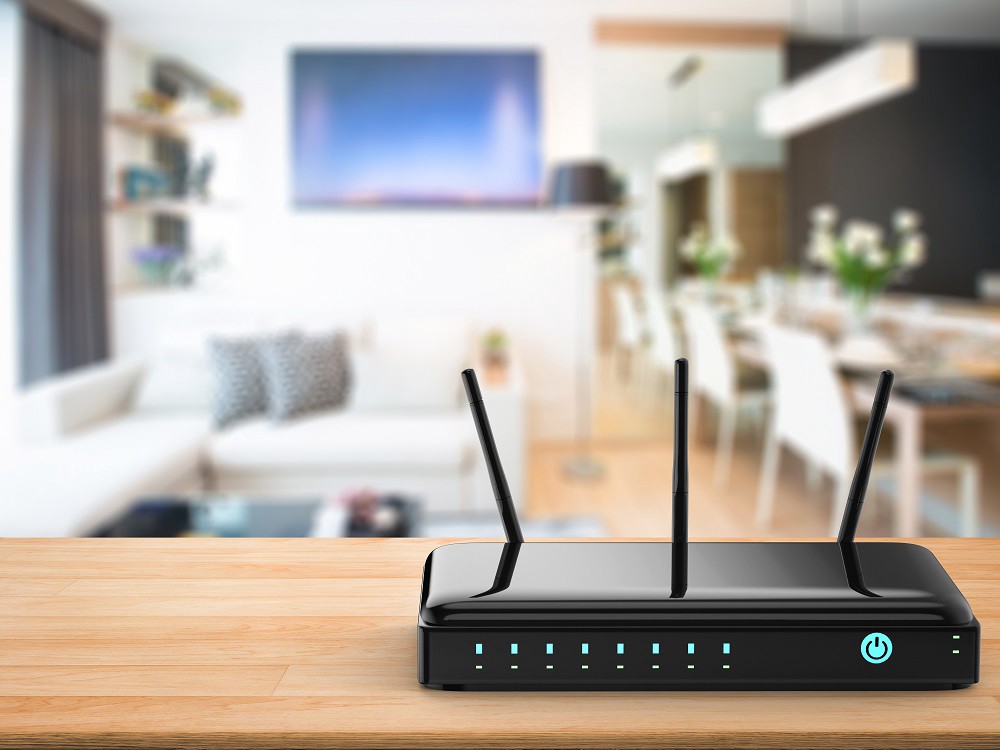
Information
Here's How To Improve Your Home Wifi Experience
Poor coverage across the home, dead spots and slow speeds are some of the more common complaints with home WiFi.
Thing is, WiFi is not an exact science and there are so many variables that affect performance. That being said, there are a few simple steps that can improve your experience.
Placement – This can make or break the quality of signal you get. A router’s signal travels unidirectional and downwards, no matter where it is placed. If you place a router low down in the corner of a house, it’s in the worst possible location to cover the entire house. Granted, placing it high up in the centre of the house is not always viable but you can choose a middle ground. Even elevating the position of the router (to the top of a cupboard or shelf) can improve signal and speed significantly. The other thing you need to be careful about is proximity to metal objects and other electronic equipment (microwave ovens, cordless phones in particular). The further away from these, the better it is.
Additional Equipment – If you can’t change the placement of the router and want to get better coverage, you will need to spend some money. The easy way is to get a WiFi range extender. A range extender connects to your existing WiFi network and repeats it to increase coverage. This is usually a good option for a small house. However, if you have a large house or want the WiFi to work across multiple floors, you’ll find that a mesh router is your best bet. A mesh router consists of one main router plus additional nodes that can be placed across the home. When installed, the mesh router setup gives extended coverage without any speed drops. Netgear’s Orbi Mesh router can provide coverage in a 5,000 sq ft home with just a single extra node.
Track via Router – Your router logs any device that is connected to it and this is therefore one of the best ways to track usage. Access your router’s settings via a web-browser (type 192.168.1.1 or 192.168.0.1 in address bar) and login using the username/password given in the user manual. Some routers have very confusing interfaces but essentially, you need to look for a section called network information or WiFi status — this is where you can see a list of devices connected to your router. If you see a device you don’t recognise, remove it from the list and change your password immediately.
Using Software – A number of router manufacturer now offer apps for network management. However, you can also use third party apps that help with analyzing your network. We recommend using the free version of Capsa (www.colasoft.com/capsa) or Wireless Network Watcher (www. nirsoft.net). Both scans your WiFi network for connected devices and show you details regarding IP address, data usage and computer name in an easy to understand visual format — this way you can find out if any unknown device is connected to your network without going through router settings.
2.4Ghz vs 5Ghz – These are the two frequencies on which dual band routers work. A single band router will only be using the 2.4Ghz spectrum. 5Ghz gives you faster speeds but lower coverage while the 2.4Ghz is the opposite. With dual band routers, you don’t need to choose one over the other. You can connect to the 5Ghz network for faster speeds if you are near the router while the other times you can connect to the 2.4Ghz network. Keep in mind that not all devices support connection with 5Ghz bands
Guest Access – If you often have parties at home, don’t give out your WiFi password. Many routers offer you the option to create a separate network for guests. Apart from the obvious security benefits, you can set data limits on the network so that your guests don’t leech all your bandwidth and you don’t have to worry about getting a virus/malware from the guest device on to personal home devices over shared network.
Quick Tips:
- Change your WiFi password regularly – we recommend once every three months
- Update Router Firmware – adds important security patches against vulnerabilities
- Change router login password – keeping it at the company default makes the network easy to hack
- Enable router firewall – most routers give you the option in settings and you should keep it enabled.
MOST VIEWED ARTICLES
LATEST ARTICLES
13 Feb, 2021
13 Feb, 2021